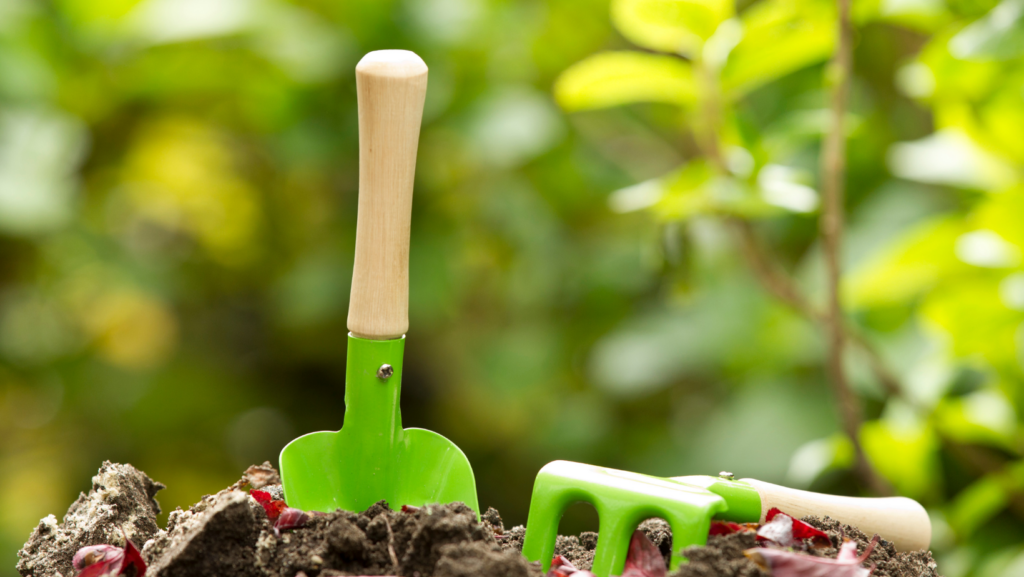Gardening enthusiasts often turn to the spruce, a majestic tree that not only enhances the aesthetic of any garden but also serves as a sturdy year-round green. Known for its resilience and towering presence, spruce trees are a popular choice among both seasoned gardeners and beginners looking to make a lasting impact with their green spaces.
The Spruce Gardening
Spruce gardening necessitates a comprehensive understanding of the tree’s unique needs and characteristics. These hardy evergreens thrive in cooler climates and well-drained, acidic soil. They require full to partial sunlight, depending on the specific species, making them adaptable for various landscape designs. The watering needs of spruce trees are moderate, yet consistent moisture is crucial, especially in dry conditions. Furthermore, regular pruning helps maintain their shape and promotes healthy growth, preventing potential diseases. By meeting these conditions, gardeners can ensure the vitality and longevity of their spruce trees, enhancing their outdoor spaces.
Essential Tools for The Spruce Gardening
 Gardening with spruce trees requires specialized tools to ensure their health and aesthetics. Here are the crucial tools every gardener needs for spruce gardening:
Gardening with spruce trees requires specialized tools to ensure their health and aesthetics. Here are the crucial tools every gardener needs for spruce gardening:
- Pruning Shears: Crucial for shaping and controlling the growth of spruce trees, pruning shears must be sharp and sturdy. If gardeners use the right pair, they’ll maintain the tree’s form and prevent diseases.
- Soil pH Meter: Given that spruce trees thrive in acidic soil, a soil pH meter becomes indispensable. Gardeners can monitor soil conditions to ensure they’re optimal for spruce health.
- Watering Can or Hose: Consistent moisture is vital for spruce trees, and an appropriate watering tool can provide deep watering that promotes healthy root development.
- Garden Fork: It aids in loosening the soil around spruce trees, enhancing water absorption and aeration.
- Mulch and Fertilizer Spreaders: Mulch keeps the roots moist and cool, while the right fertilizer supports robust growth. Spreaders help in even application, essential for balanced nutrition and protection.
Planting Techniques in The Spruce Gardening
 Planting spruce trees effectively involves several key techniques tailored to their unique growth requirements. Selecting the right site is crucial, considering spruce trees thrive in full to partial sun and require ample space to accommodate their mature size. When planting, spacing between trees should be at least 20 feet to prevent overcrowding and promote healthy development.
Planting spruce trees effectively involves several key techniques tailored to their unique growth requirements. Selecting the right site is crucial, considering spruce trees thrive in full to partial sun and require ample space to accommodate their mature size. When planting, spacing between trees should be at least 20 feet to prevent overcrowding and promote healthy development.
Preparing the soil properly enhances the spruce’s growth potential. The ideal soil for spruces is acidic with a pH between 4.5 and 6.0. Gardeners should integrate organic matter into the soil to improve drainage and nutrient availability, providing a strong foundation for the trees.
Watering plays a vital role in the establishment of spruce trees. After planting, it’s critical to water the trees deeply to settle the soil around the roots, facilitating better root growth. Regular watering maintains consistent soil moisture, which is essential during the first few growing seasons until the trees are well-established.
Pest Management and Health
 Pest management is crucial for maintaining the health of spruce trees in gardening. Common pests including aphids, spider mites, and spruce budworms can jeopardize tree vitality. Regular monitoring helps in early detection of these pests, minimizing potential damage. Employing integrated pest management strategies, such as introducing beneficial insects like ladybugs and lacewings, helps control aphid populations naturally.
Pest management is crucial for maintaining the health of spruce trees in gardening. Common pests including aphids, spider mites, and spruce budworms can jeopardize tree vitality. Regular monitoring helps in early detection of these pests, minimizing potential damage. Employing integrated pest management strategies, such as introducing beneficial insects like ladybugs and lacewings, helps control aphid populations naturally.
Furthermore, maintaining tree health reduces susceptibility to diseases. Essential practices include proper spacing to ensure adequate air circulation, which prevents the buildup of moisture and reduces the risk of fungal diseases such as needle cast and rust. If signs of disease emerge, treating the trees with fungicidal sprays can be effective, but it’s advisable to consult with a gardening expert for appropriate application methods and products. Regular inspections and prompt action keep spruce trees vibrant and healthy, enhancing their role in garden aesthetics and functionality.
The Spruce Gardening Design Ideas
Spruce trees offer more than just beauty and resilience—they become a cornerstone of well-designed garden landscapes. By integrating the right planting techniques and maintenance strategies gardeners can ensure these majestic trees thrive. Whether it’s battling pests or managing diseases timely care is essential. With the knowledge of how to nurture spruce trees effectively garden enthusiasts can enjoy the full potential of these evergreens enhancing the aesthetic and ecological value of their outdoor spaces.

